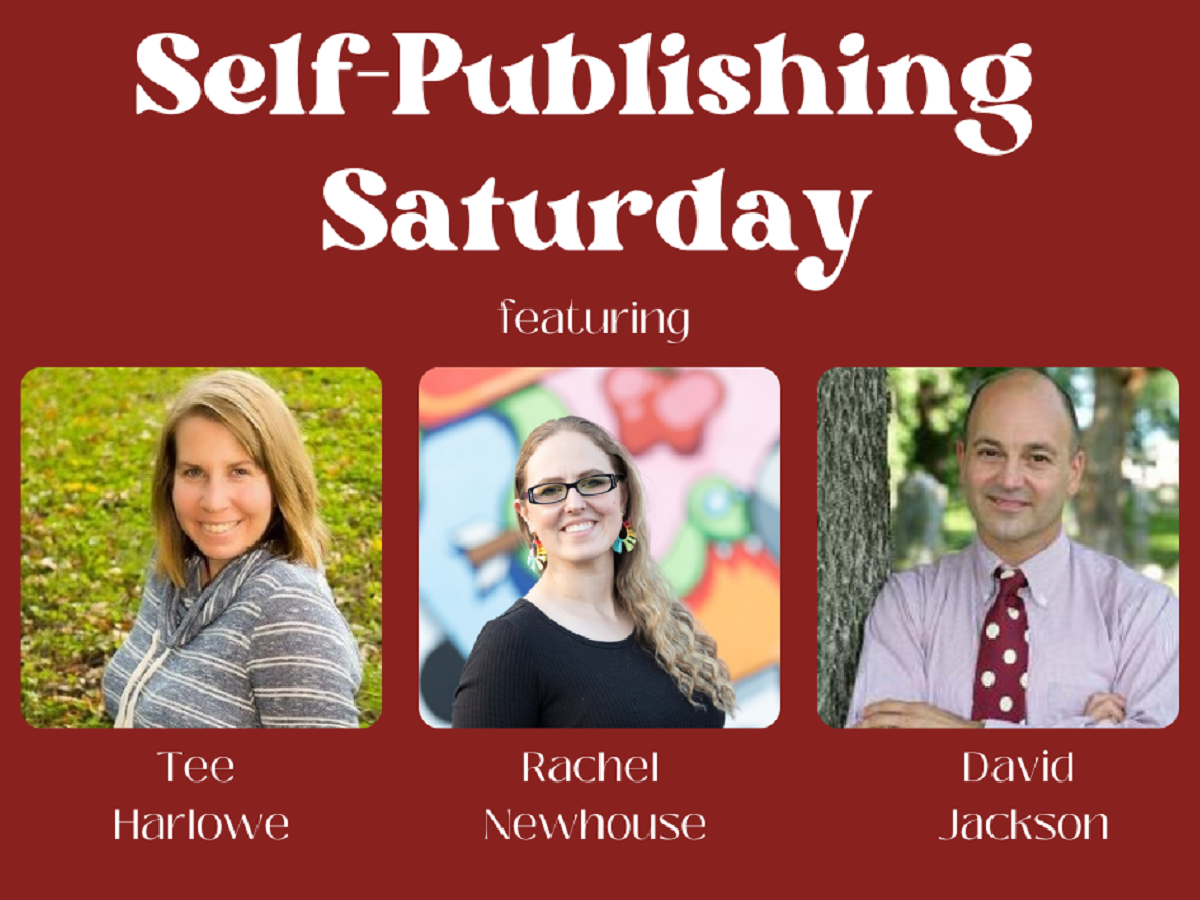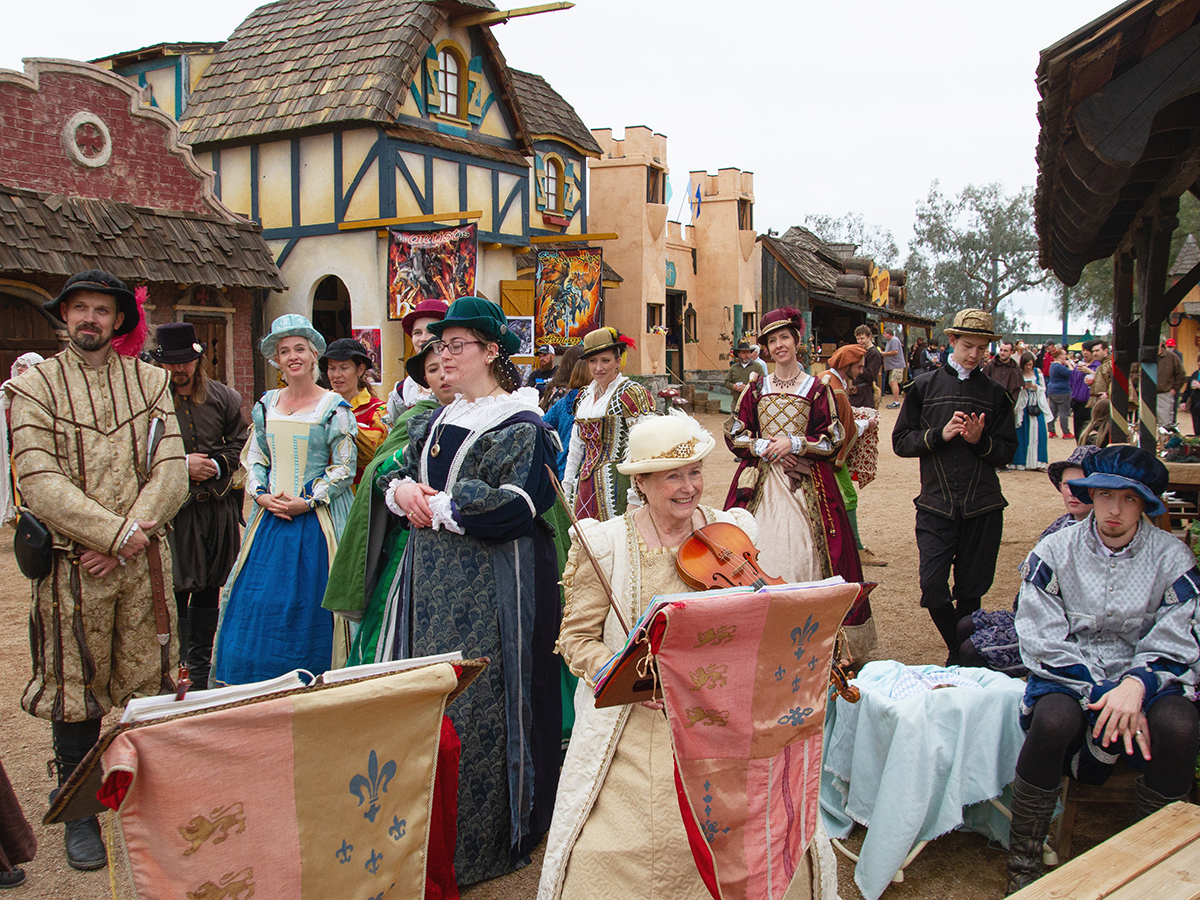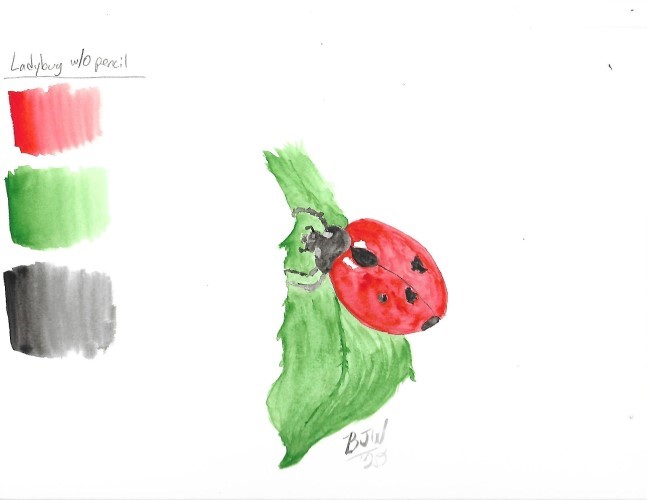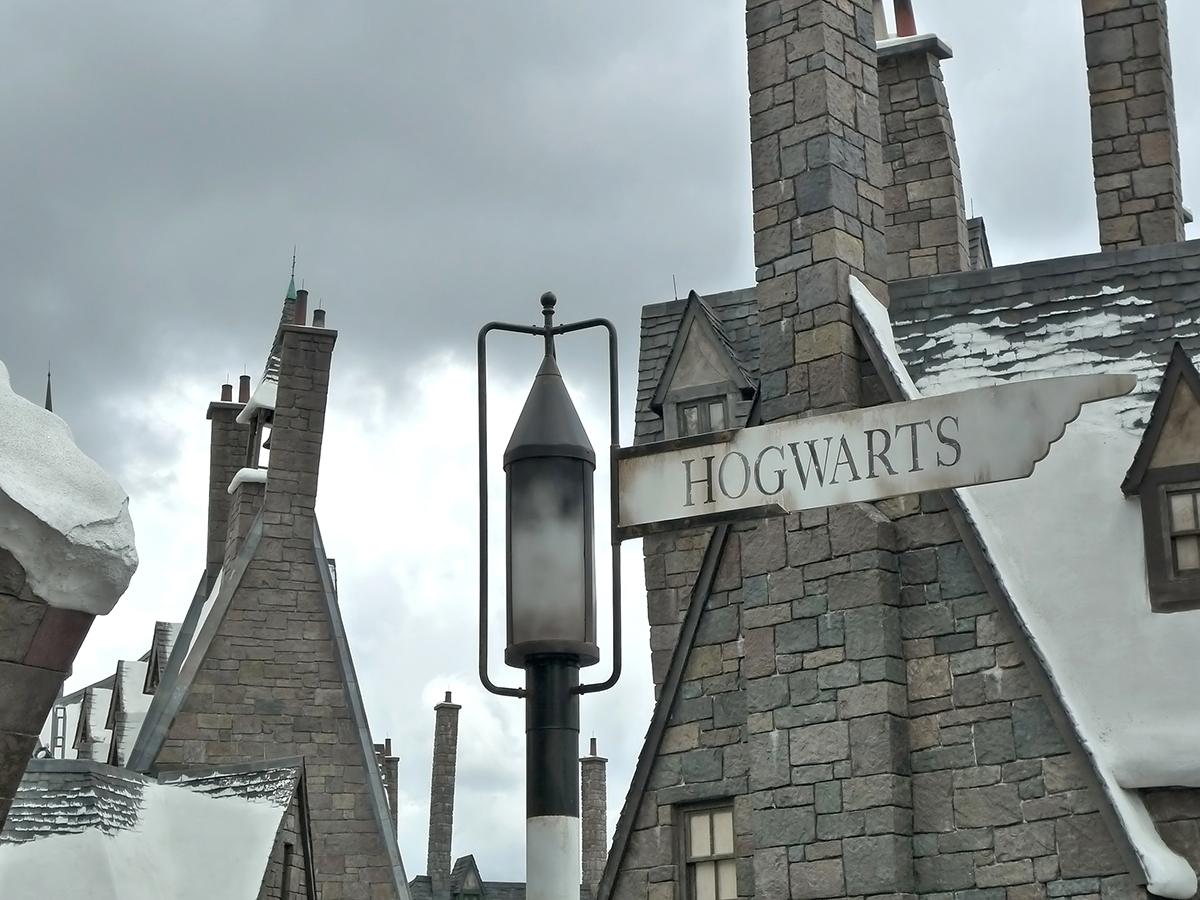
April 1, 2020
Come paint with me! One of my favorite ways to relax is painting with watercolors. “But wait,” I hear you all say. “Isn’t that the paint they give to little kids?” It is! In fact, painting with watercolors may be one of the first ways many of us experienced creating art along with crayons. Like many things from childhood, it doesn’t have to be left behind.
Many of the great master artists used watercolors to create incredible masterpieces. Winslow Homer used the medium extensively to bring marine settings to life. Here is one of my favorites, Sunset Fires.
With just a couple of colors, Homer creates an amazingly moody scene with movement and light. I can feel the water moving with the ripples. I can see the light dancing and sparkling on the surface of the water.
So, I was very happy to learn that MCPL’s online resource Universal Class has a Watercolor 101 course! Lesson 1 introduces you to the medium and presents several examples of great works from famous artists. That’s where I found Sunset Fires by Winslow Homer. Lesson 2 is more hands-on, and you get to paint! But first, you learn the basics.
What do you need to paint with watercolors? Here are the supplies I’ve found most useful:
- Paint – There are two kinds of paint: student grade and professional grade. As you might imagine, the professional grade is higher quality and is more expensive. Student grade is cheaper and lower quality, sometimes with fillers that can make the paint look dull.
- Brushes – Watercolor brushes are specifically made just for painting with watercolor paint. They aren’t like the brushes used for painting with oil colors or acrylics. They are much softer and designed to hold a lot of water.
- Pencil – Having a pencil is a must. Sketching out your painting first will help you plan out the final look with fewer mistakes. Even the Mona Lisa was sketched out several times before Da Vinci settled on the final design.
- Palette – What if you need a color that you don’t have in your paint set? You may have to mix a couple of colors together. Just a simple white plate is perfect for this.
- Paper – Watercolor requires paper that is specifically made to handle being soaked with water. It’s thicker than normal paper and will come in textures of smooth (hot press), lightly textured (cold press), and highly textured (rough press).
Our first painting assignment was to sketch out an object and paint it with at least three colors. Then, paint the same object without drawing it first. I decided to draw a ladybug on a leaf. Here is my painting with the sketch:
And here is my ladybug on a leaf without sketching it out first:
Not having a defined space within which to paint was quite challenging. Somehow the leaf became larger in the second painting, and the shell of the ladybug was a bit…blobbier? Painting a more detailed object without sketching it first is something I need to practice more.
What do you think? Explore your creative talents with help from Universal Class!
Barbara Jo
Electronic Resources Department
Read Similar Blogs:
Arts Instruction
Entertainment
Self-Development







